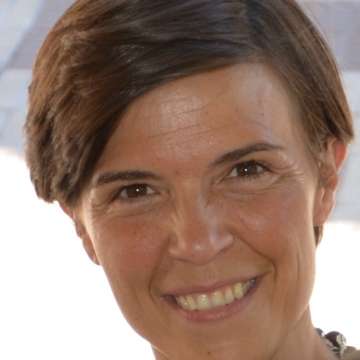At a time where we seem surrounded by uncertainty and where stability strikes as the ultimate panacea, the Razumovsky Ensemble provides an illustration of what can be achieved through fleeing permanence. Its founder, artistic director and principal cellist, Oleg Kogan, cherry-picks musicians for each performance from a broad pool of players. Often yielding acclaimed results, this approach has kept the ensemble very much alive through the years.
On this occasion, the selection had to accommodate a trio first and an octet later. It had to bring the scores of Beethoven and Schubert to life.
Still a young composer – he was in his mid 20s when he penned this piece – the German’s String Trio in E flat, Op. 3 is ambitious in scope, its six-movement structure evoking Mozart’s Divertimento K563. Here is a man that has duly absorbed the genius of his predecessors – the trio is also sprinkled with reminiscences of Haydn – and is using it as a basis for unrolling his very personal vision.
The trio crafted for the evening included Winfried Rademacher at the violin and Ryszard Groblewski at the viola, as well as Kogan himself. It would take a few bars for them to warm up and find the right sound balance among them, but they quickly came together, to never part again. True, Rademacher did not seem to have the best evening, his bow often denying him a limpid sound and his fingers somewhat hesitant at times. However, his performance was otherwise perfectly correct, and he led the trio into spelling out the texture of the music and the explicit and implicit dialogues among all three voices. Kogan let some notes slip too, but promptly got back on his feet, overall getting his Francesco Rugieri cello of 1685 to produce velvety sound. Groblewski was simply exceptional from beginning to end, his enveloping sound truly bonding the trio together.
The performance grew as the notes went by: the cantabile Adagio of the second movement filled the hall with serenity, while the opening of the Menuetto, with its irregular silences, threw the audience off balance and left everyone palpably baffled in the best possible way. The Finale did the trick and triggered a grateful applause. It would have been worth hearing the first movement again with this built-up energy.
There was more to come. Also in his 20s, although tragically much closer to death than Beethoven, Schubert was not lacking ambition either. His Octet in F, D.803, was by his own account a building block towards his symphonic aspirations. “I am also thinking of giving a similar concert in the coming year”, he wrote to his friend Leopold Kupelwieser in a letter where he shared the news that Beethoven was about to première his Ninth Symphony. In the same correspondence, he mentioned the composition of the octet, as well as that of two string quartets, with a further quartet to come. “In this manner I intend to pave the way towards the grand symphony”. This was a time of relentless composing, the notes pouring out of his pluma.
The octet for the evening gave their all to this music. The contagiousness of the fun they were evidently having raised the standard a few pegs, with the initial trio joined by Andrew Marriner at the clarinet. His solo at the beginning of the second movement, supported by accompanying strings, was a stark reminder of how much more clarinet chamber music should be programmed. Rademacher joined in and delivered the kind of music we suspected he really was able to produce, sailing through the virtuous score. Marriner built a common and mischievous front with Julie Price’s bassoon and Timothy Jones’s horn. They talked among themselves and across the stage with the strings. It made fascinating listening. Among the strings, it is well worth noting Stacey Watton, who left us wanting to hear much more of his extraordinary bass playing – no wonder he is in so much demand these days.
As the audience left the hall, nobody was whining about the London tube strike any more.


